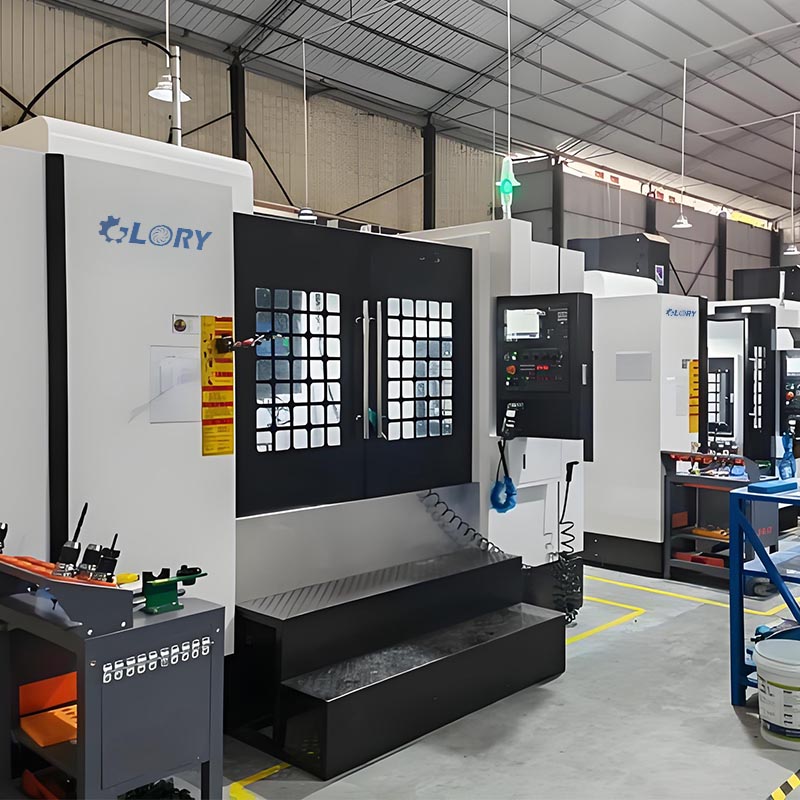
Custom CNC machining stainless steel thread round insert
Custom CNC machining stainless steel thread round insert by China factory
Custom machining of stainless steel parts is widely used in industries such as aerospace, automotive, medical devices, food processing, and construction. Stainless steel offers excellent corrosion resistance, high strength, and good heat resistance, making it ideal for manufacturing high-performance, durable parts.
Key Processes and Features of Custom Machining Stainless Steel Parts:
1. Material Selection
Stainless steel comes in various types, each offering different properties. Common grades include:
- 304 stainless steel: General-purpose stainless steel with good corrosion resistance and weldability, widely used in food processing equipment, kitchenware, and architectural decoration.
- 316 stainless steel: Contains molybdenum, which enhances its resistance to chloride corrosion, making it suitable for marine environments and chemical equipment.
- 410 and 420 stainless steel: High strength and wear resistance, suitable for parts that require hardness and abrasion resistance, such as tools and valve components.
- 17-4PH stainless steel: A precipitation-hardening stainless steel with high strength and corrosion resistance, used in aerospace and precision instruments.
2. Machining Techniques
- CNC machining: Stainless steel parts are usually machined using CNC machines for precision cutting. Three-axis, four-axis, and five-axis CNC machining can handle the complex geometries of stainless steel parts.
- Turning and milling: Turning is used for cylindrical or shaft parts, while milling is used for complex planes and 3D shapes. Due to the high strength of stainless steel, sharp tools and appropriate cutting speeds are necessary.
- Drilling and tapping: Stainless steel parts often require precise drilling and thread tapping. Coolant is needed during machining to reduce friction and heat, ensuring the accuracy of holes and the quality of threads.
3. Surface Treatment
- Polishing: Polishing improves the surface finish of stainless steel parts, providing a more aesthetically pleasing appearance and reducing surface friction.
- Electropolishing: A precise polishing process using electrochemical methods to enhance surface gloss and corrosion resistance, commonly used in medical instruments and food processing equipment.
- Passivation: A chemical process that removes free iron from the surface, further enhancing the corrosion resistance of stainless steel.
- Sandblasting: Used to eliminate tool marks or uneven surfaces left by machining, enhancing the aesthetics and uniformity of the part.
4. Tolerance Requirements
- The tolerance of stainless steel parts depends on specific design requirements. Tolerances of ±0.01 mm or higher can be achieved to ensure the parts fit and function in high-performance applications.
- Industries such as medical and aerospace demand strict dimensional accuracy and surface quality, requiring high-precision equipment and rigorous quality control.
5. Production Volume
- The production of stainless steel parts can be flexibly arranged according to customer needs, suitable for both small-batch custom production and large-scale manufacturing. Small-batch production typically requires shorter lead times and greater flexibility, while large-scale production focuses on cost control and efficiency.
6. Quality Control
- Quality control is crucial for stainless steel parts. Common inspection equipment includes coordinate measuring machines (CMM), hardness testers, and X-ray inspection, ensuring that the dimensions, surface quality, and material properties meet the required specifications.
7. Application Fields
- Aerospace: Used to manufacture high-strength, corrosion-resistant components such as aircraft structures and engine parts.
- Automotive industry: Stainless steel parts are used in exhaust systems, transmissions, and body frames, offering high corrosion resistance and fatigue strength.
- Medical equipment: Stainless steel is commonly used to manufacture surgical instruments, implants, and other high-demand medical devices, requiring excellent surface quality and biocompatibility.
- Food processing: Stainless steel is used in the food industry for equipment and containers, ensuring corrosion resistance and ease of cleaning.



 We provide custom machined parts, 5-axis linkage CNC machining, and the design, production, and assembly of machinery and equipment.
We provide custom machined parts, 5-axis linkage CNC machining, and the design, production, and assembly of machinery and equipment.